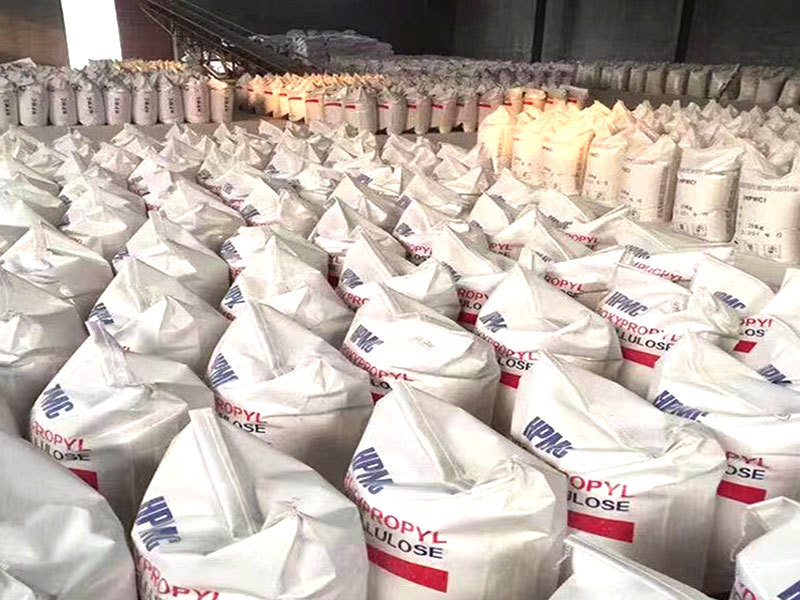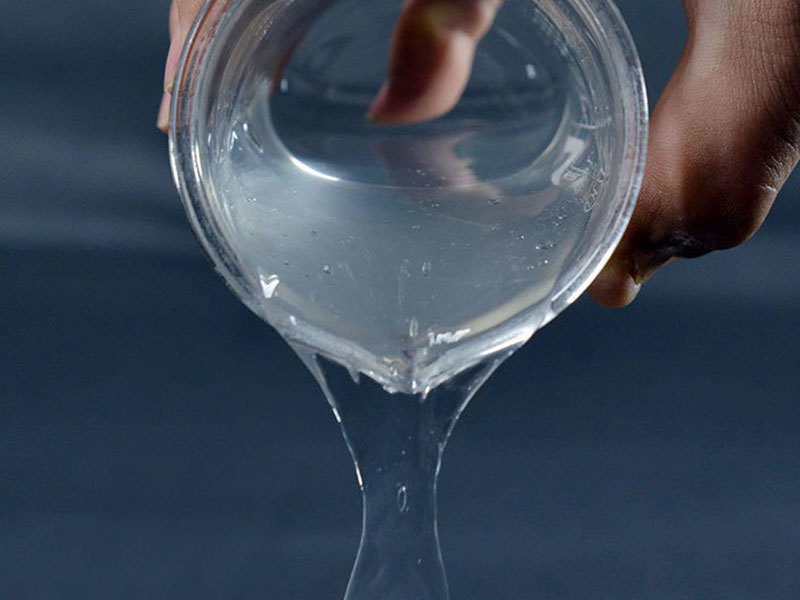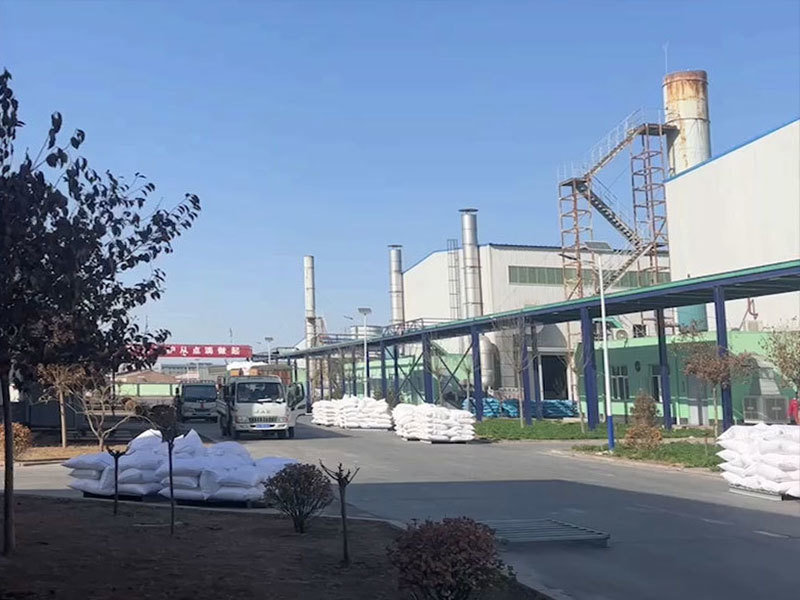Cellulose ether: Upstream raw materials have a significant impact, while downstream markets continue to grow
Release Time:
Apr 18,2024
Cellulose ether is a type of natural polymer derived material with characteristics such as emulsification and suspension. Among many types, hydroxypropyl methyl cellulose ether (HPMC) is a high yield and widely used one, and its production is rapidly increasing.
Cellulose ether is a type of natural polymer derived material with characteristics such as emulsification and suspension. Among many types, hydroxypropyl methyl cellulose ether (HPMC) is a high yield and widely used one, and its production is rapidly increasing.
In recent years, thanks to the growth of the national economy, the production of cellulose ether in China has been increasing year by year. At the same time, with the development of domestic science and technology, high-end cellulose ethers that originally needed to be imported in large quantities are gradually being localized, and the export volume of domestic cellulose ethers is constantly increasing. Data shows that from January to November 2020, the export volume of cellulose ether from China reached 64806 tons, a year-on-year increase of 14.2%, higher than the export volume for the entire year of 2019.
Cellulose ether is affected by upstream cotton prices
The main raw materials of cellulose ether include agricultural and forestry products such as refined cotton, as well as chemical products including epoxy propane. The raw material for refined cotton is cotton short fiber. China has abundant cotton production, and the production areas of cotton short fiber are mainly concentrated in Shandong, Xinjiang, Hebei, and Jiangsu. The source of cotton short staple is very abundant and the supply is sufficient.
Cotton accounts for a significant proportion of the commodity agricultural economic structure, and its price is influenced by various factors such as natural conditions and international supply and demand. Similarly, chemical products such as epichlorohydrin and chloromethane are also affected by international crude oil prices. Due to the significant proportion of raw materials in the cost structure of cellulose ether, fluctuations in raw material prices directly affect the sales price of cellulose ether.
In dealing with cost pressures, cellulose ether manufacturers often shift the pressure to downstream industries, but the transfer effect is affected by factors such as technological product complexity, product diversity, and product cost added value. Usually, enterprises with high technological barriers, diverse product types, and high added value have significant advantages, and they will maintain a relatively stable gross profit level; Otherwise, enterprises will face significant cost pressures. In addition, if the external environment is unstable and the product fluctuation range is large, upstream raw material enterprises are more willing to choose downstream customers with large production scale and strong comprehensive strength to ensure timely economic benefits and reduce risks. Therefore, this to some extent limits the development of small-scale cellulose ether enterprises.
Downstream market structure
With the continuous progress of science and technology, the downstream demand market has grown accordingly, and the downstream application scope is expected to continue to expand, with downstream demand maintaining stable growth. In the downstream market structure of cellulose ether, the fields of building materials, petroleum extraction, and food occupy a major position. Among them, the building materials industry is a major consumer market, accounting for over 30%.
The construction industry is a major consumer area for HPMC products
In the construction industry, HPMC products play an important role in bonding, water retention, and other effects. After mixing a small amount of HPMC with cement mortar, the viscosity, tensile and shear strength of cement mortar, mortar, binder, etc. can be increased, thereby improving the performance of building materials, improving construction quality and mechanical construction efficiency. In addition, HPMC is also an important retarder for the production and transportation of commercial concrete, playing a role in water retention and enhancing the fluidity of concrete. At present, HPMC is the main cellulose ether product used in building sealing materials.
The construction industry is a key pillar industry of China's national economy. The data shows that the construction area of housing has increased from 7.08 billion square meters in 2010 to 14.42 billion square meters in 2019, strongly driving the growth of the cellulose ether market.
The overall prosperity of the real estate industry has rebounded, with a year-on-year increase in construction and sales area. Public data shows that the monthly year-on-year decline in the newly constructed area of commercial residential housing in 2020 has been narrowing, with a year-on-year decrease of 1.87% for the whole year. It is expected to continue the trend of recovery in 2021. From January to February this year, the growth rate of sales area of commercial housing and residential properties rebounded to 104.9%, with a significant increase.
oil drilling
The drilling engineering services industry market is particularly affected by global exploration and development investment, with approximately 40% of the global exploration investment portfolio being used for drilling engineering services.
In the process of oil drilling and production, drilling fluid plays an important role in carrying and hanging chips, strengthening the borehole wall and balancing formation pressure, cooling and lubricating the drill bit, and transmitting hydrodynamic forces. Therefore, in oil drilling work, it is very important to maintain appropriate humidity, viscosity, flowability and other indicators of drilling fluid. And polyanionic cellulose, also known as PAC, can play a role in thickening, lubricating drill bits, and transmitting hydrodynamic forces. Due to the complex geological conditions in the oil storage area and the difficulty of drilling, there is a significant demand for the use of PAC.
Pharmaceutical excipient industry
Non ionic cellulose ethers are widely used as pharmaceutical excipients in the pharmaceutical industry, such as thickeners, dispersants, emulsifiers, and film-forming agents. It is used for film coating and adhesive of medicinal tablets, and can also be used for suspensions, eye preparations, floating tablets, etc. Due to the stricter requirements for purity and viscosity of pharmaceutical grade cellulose ether products, the manufacturing process is relatively complex and there are many washing procedures. Compared with other grade cellulose ether products, the collection rate is lower and the production cost is higher, but the product added value is also higher. Pharmaceutical excipients are mainly used in chemical preparations, traditional Chinese patent medicines and simple preparations, biological and biochemical products and other pharmaceutical products.
Due to the late start of China's pharmaceutical excipient industry, the overall development level is currently low, and the industry mechanism needs further improvement. In the production value of domestic pharmaceutical preparations, the proportion of domestic pharmaceutical dressings is relatively low, ranging from 2% to 3%, which is much lower than the proportion of foreign pharmaceutical excipients, which is about 15%. This shows that there is still great development space for domestic pharmaceutical excipients, which is expected to effectively drive the growth of the relevant cellulose ether market.
Key words:
What Else Might You Learn?






